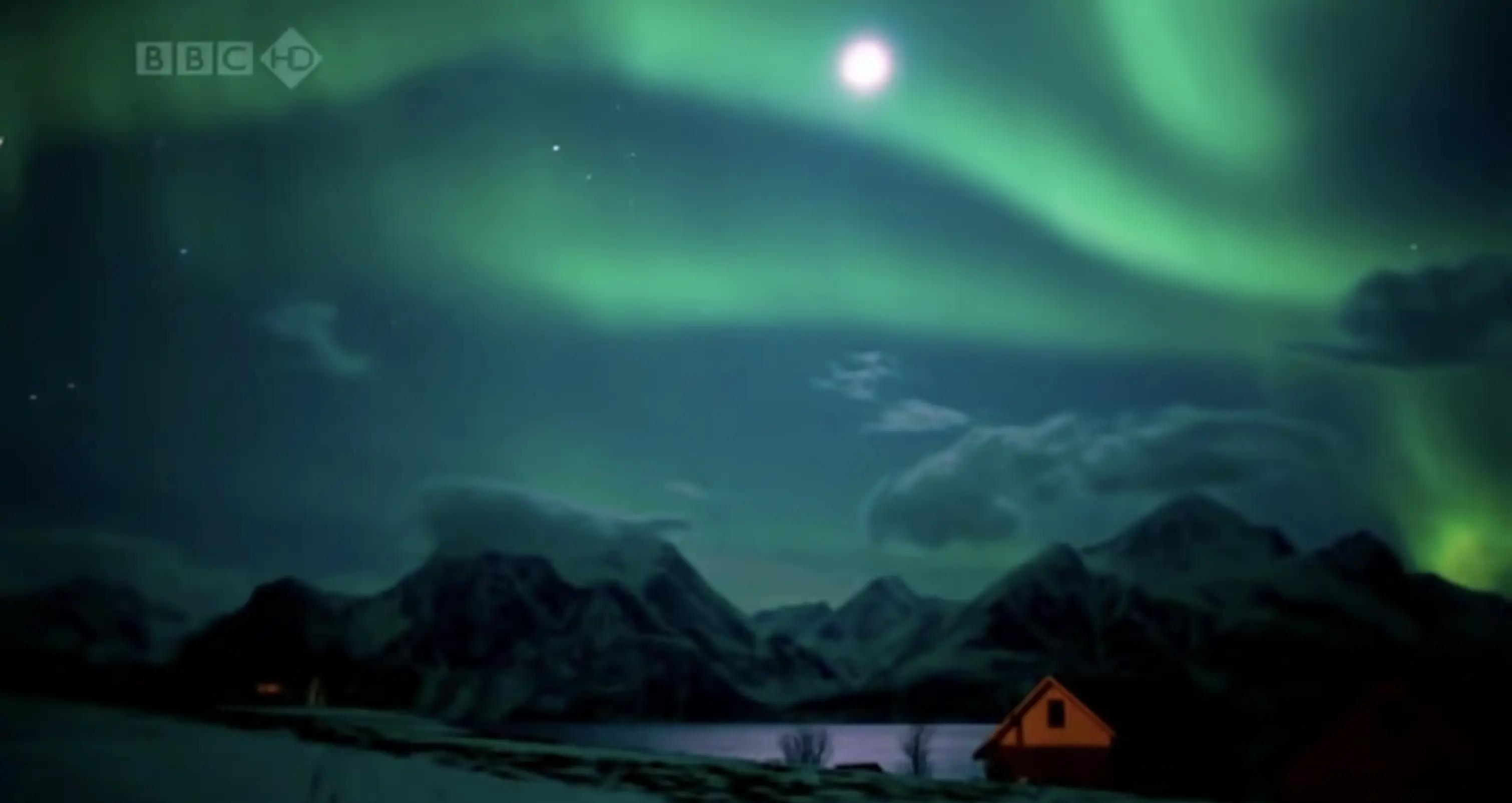

INFORMATION
Dog sledding near Tromsø in the Lyngen Alps Region
by Ola Berg, 23 March, 2022
While staying at Lyngen North, you can combine your stay in a northern lights Glass Igloo with an exciting dog sledding adventurebin the beautiful landscape of the Lyngen Alps Region, north of Tromsø.
What is dog sledding?
A dog sled is a sled pulled by one or more dogs. The musher is the person standing on the sled or cart instructing the dogs. The activity has mostly lost its function as a way of transport. It is still a popular sport and recreational activity in the Arctic. Most of the tours will last 3-4 hours. Typically a dog sledding tour consists of a short lecture in how to control the sled, 1-2 hours mushing and a stop at a camp where there will be time to pet the dogs and take photos. Usually, the dog sledding tour providers will offer a meal halfway through the tour.
Every year in March, Europe’s longest dog sledding race takes place in Alta. The race is called Finmarksløpet and is 1.200 km long. Often the musher and the dogs will be put to the test by harsh winter conditions with temperatures as low as -40ºc. See the website of Finmarksløpet for more information about the event.
If you’ve been in New York and had a walk through Central Park, you might have stumbled upon a statue of a dog with the inscription Balto written on the rock underneath its paws. Balto was the lead dog of the last leg in the famous “Great Race of Mercy” that took place across the US Territory of Alaska in the year 1925. Balto’s musher, Gunnar Kaasen grew up in Burfjorddalen around 1.5-hours south of Alta.
Balto’s owner was Leonhard Seppala . He was born in Skibotn, in the municipality of Storfjord around 1.5-hours north of Tromsø. Later his parents moved to Skjervøy before immigrating to Alaska during the Gold Rush of the 1900s.

Dog sledding in winter
What to wear?
When going dog sledding in Northern Norway during winter, it is essential to be dressed for the conditions. Often the husky farms are far inland, away from the warm coastal climate where temperatures can go as low as -40ºc. If you are constantly feeling cold, it will ruin the experience.
Luckily, most of the dog sledding tours, like the one available at Lyngen North, will offer winter clothing included in the experience.
On most dog sledding tours lasting around 3 hours, it is enough to wear something like jeans and a fleece jacket underneath the thermal suite. We do however recommend wearing an inner layer of wool undergarments for all outdoor activities during winter.
Where to go dog sledding from Tromsø?
When staying in Tromsø in Northern Norway, you will have easy access to a variety of husky sledding tours. Most tours will last around 3-4 hours, while others are a full day or overnight expedition tours.
While staying at Lyngen North, you can join a “hands-on” dog sledding experience north of Tromsø, in the Lyngen Alps Region, close to Reisa National Park. The tour is small-scale and personal, with a maximum of 8 guests at a time.
See our transport page on how to get to Lyngen North from Tromsø.

Best time to go
Best time to go dog sledding in Norway
Most will argue that dog sledding is best to do in daylight during the winter months December – April on a landscape covered in a layer of snow.
Many dog sledding providers start their tours in autumn before the snow arrives. Until the snow comes, you can join the autumn tours on a wheeled cart (rig) instead of a snow sled behind the dogs.
How to steer a dog sled
Usually, the tour guide will be driving in front with a separate dog sled. That means you won’t have to yell instructions to your dogs whether to go left or right etc. The lead dog of your sled will naturally follow the guide’s sled in front. On the dog sled, you will find a foot brake and an anchor. You will be told to always stay on the break when on a stand-still. Thats because the dogs will start running regardless if someone is standing on the sled or not. Depending on the snow conditions and the terrain you are riding in, you might have to use the foot break frequently to reduce speed when going downhill and before sharp turns.
Other blog posts




